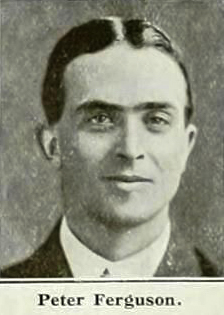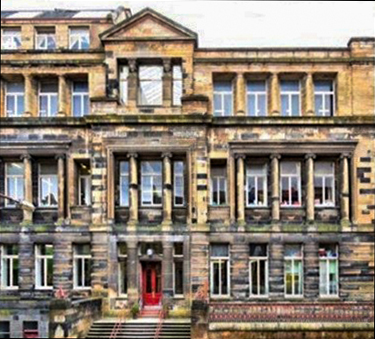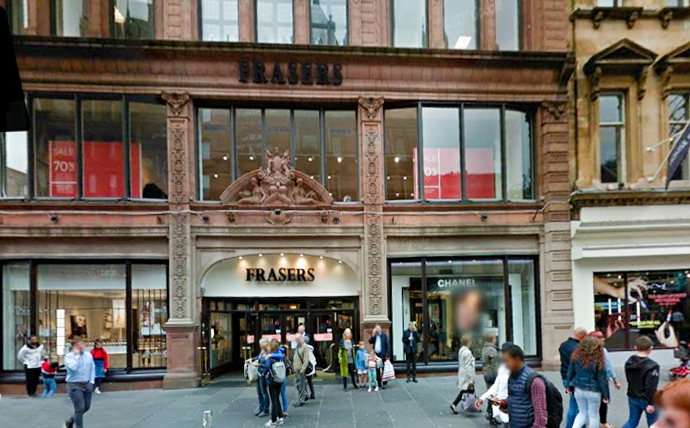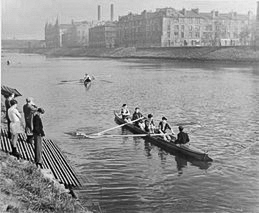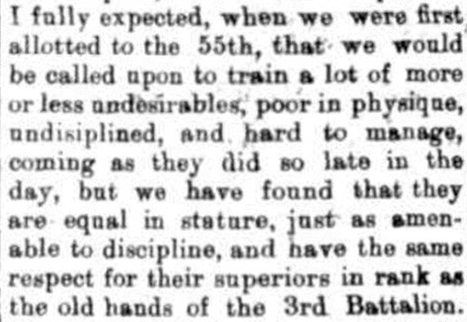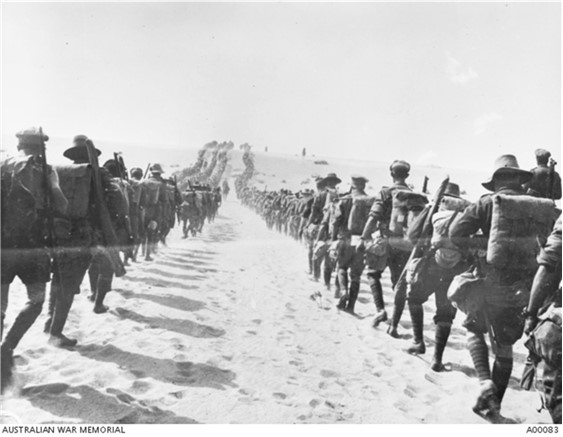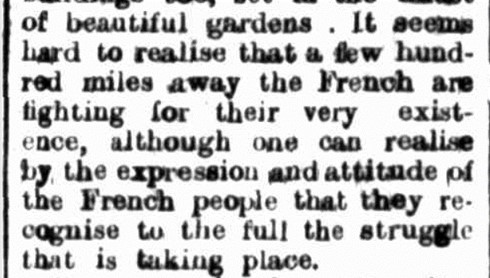Peter FERGUSON
Eyes blue, Hair black, Complexion dark
Peter Ferguson - An Accomoplished Scot Fighting for Australia
Can you help find Peter?
Peter’s body was never found after the Battle of Fromelles, there are no records of his burial. A mass grave was found in 2008 at Fromelles, a grave the Germans dug for 250 Australian soldiers they recovered after the battle. As of 2024, 180 of these soldiers have been able to be identified via DNA testing.
Peter may be among these remaining unidentified men. There is still a chance to identify him — but we need help. We welcome all branches of his family to come forward to donate DNA to help with his identification, especially those with roots in Glasgow City, Scotland and Paisley, Renfrewshire.
See the DNA box at the end of the story for what we do know about his family. If you know anything of contacts for Peter, please contact the Fromelles Association.
Early Life
Peter Ferguson was born on 23 September 1883 in Maryhill Scotland, the second son of Peter Ferguson (1845–1918) and Elizabeth Orr Mitchell (1846–1926). They had married in 1877. Elizabeth was the daughter of Jessie Fowler and Roderick Mitchell of Paisley, a ship’s captain. They had four children:
- Jessie Hamilton Fowler (1878–1928) b Greenock
- Roderick Mitchell (1881– 1955), b Maryhill
- Peter Jr. (1883–1916) b Maryhill, KIA Fromelles
- Joseph Fowler (1887– 1906) b Maryhill (died appendicitis)
Per the 1881 Census, the family were living with Elizabeth’s mother in Greenock West, 40 km from Glasgow, a whaling port. Peter’s father was working as a flesher. Elizabeth’s mother had been widowed in 1879 when her father had died at sea. The boys were all born in Maryhill, which is in Glasgow. In the 1891 census , the family had moved to 9 Gower Street, Barony, a very poor area of the city.
But by 1901 their fortunes had improved as Peter’s father had moved on to become a butcher shop keeper at 36 Sutherland Street, which is now inside the University of Glasgow area. Sadly, Joseph died from appendicitis in 1906. Peter attended Queen’s Park School and the Hillhead High School in Glasgow.
After completing his education, Peter apprenticed as a draper with Stewart and McDonald in Glasgow and rose to become a departmental manager. The company had a fashionable shop in the Glasgow City Centre and factories around the world.
Peter was a member of the Oddfellows and was a rower, having won several prizes rowing on the Thames.
In 1913, aged 30, Peter emigrated to New South Wales, Australia, leaving via Liverpool on 15 November 1913 and arriving at Sydney, via Cape Town. Peter continued his career as a drapery superintendent at Mark Foy’s department store in Sydney. He was living at at “Linlethen,” Great North Road, Abbotsford when he enlisted in 1915. “Linlethen” was the home of John and Jessie Prentice Ferguson, presumably part of the extended Ferguson family and the reason for Peter moving there. John wrote to the Army seeking information about Peter when he had been reported as missing, as a relative would do.
Off to War
Peter enlisted in the Australian Imperial Force (AIF) at Sydney on 15 September 1915 and was assigned as a Private in the 17th Battalion, 7th Reinforcements. He embarked from Sydney aboard the HMAT A29 Suevic on 20 December 1915 for the month-long trip to Egypt. With the ‘doubling of the AIF’ as it expanded from two infantry divisions to five, major reorganisations were underway in Egypt.
The 55th Battalion was raised in Egypt on 12 February 1916 as part of this expansion. Roughly half of the 55th’s recruits were Gallipoli veterans from the 3rd Battalion and the other half were fresh reinforcements, predominantly from New South Wales. The new recruits seemed to fit in well with the veterans.
After six weeks of training at the 40,000 man camp at Tel-el-Kebir the 55th had a three-day march in the Egyptian heat to get to Ferry Post for further training and guarding the Suez Canal from any potential threats posed by the Ottoman Army. As they marched out they were reviewed by H.R.H. the Prince of Wales.
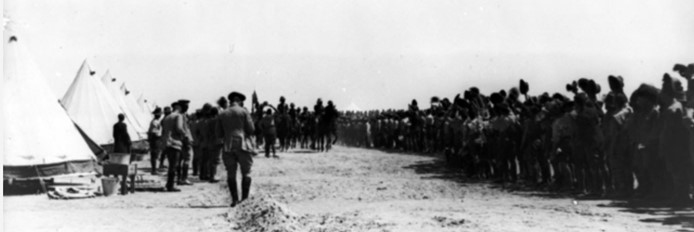
The trip was a significant challenge, however, marching over the soft sand in the 38°C heat with each man carrying their own possessions and 120 rounds of ammunition. When they got to Ferry Post they were rewarded with a swim in the Nile.
Life was not just military training. In early June a ‘Smoking Concert’ was “attended by a very vociferous but well conducted crowd of men” and on 14 June there was a Divisional Sports Contest.
Source - Australian War Memorial 55th Battalion War Diary 23/72/4 June 1916 page 3
On 19 June they began their move to the Western Front, heading to Alexandria to board the HMT Caledonia. They sailed on 22 June and, after a short stop in Malta, arrived in Marseilles on the 29th where they were immediately entrained for a three-day train ride to Thiennes in northern France, 30 km from Fleurbaix. Finally a chance to see what they were fighting for.
This area near Fleurbaix was known as the “Nursery Sector” – a supposedly relatively quiet area where the inexperienced Allied troops could learn the harsh realities of Western Front trench warfare against the Germans. But the quiet times and the training period did not last long. Training continued, now with practicing for a gas attack added in. They marched to Estaires on the 9th and were into the trenches for the first time on 11 July.
The Battle of Fromelles
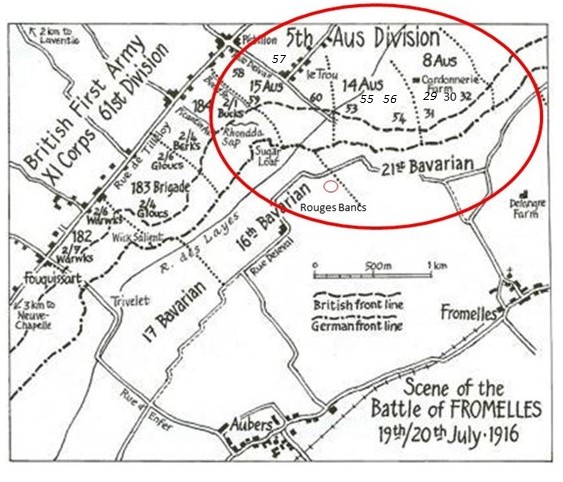
The main objective for the 14th Brigade was to take the trenches to the left of a heavily armed, elevated German defensive position, the ‘Sugar Loaf’, which dominated the front lines. If the Sugar Loaf could not be taken, the Australians would be subjected to murderous enfilade fire from the machine guns and counterattacks from that direction. As they advanced, they were to link up with the 31st and 60th Battalions. The 55th’s role was to provide support for the attacking 53rd and 54th Battalions by digging trenches and providing carrying parties for supplies and ammunition.
They would be called in as the ‘third battalion’ if needed for the fighting. On the 16th, the 55th were carrying supplies, readying the main attack the next day, but that was postponed due to the weather. On the 19th, heavy bombardment was underway by 11.00 AM from both armies and by 4.00 PM all were in position for the battle. Zero Hour for advancing from their front-line trenches was to be 5.45 PM, but the Germans knew this attack was coming and were well-prepared. They opened a massive artillery bombardment on the Australians at 5.15 PM, causing chaos and many casualties.
As the battle began, C & D Companies’ carrying parties were in position 300 yards from the front line and A & B Companies were ready to move forward after the first waves of the 53rd and 54th had gone forward. The 53rd and 54th went on the offensive from 5.43 PM. They did not immediately charge the German lines, but went out into No-Man’s-Land and laid down, waiting for the British bombardment to lift. At 6.00 PM the German lines were rushed with 55th C & D Company’s working parties following in support. There was heavy artillery, machine gun and rifle fire, but the Australians were able to advance rapidly.
At 7.24 PM the remainder of the 55th battalion moved to the front lines but were ordered to not leave their front line. Not long after however, help was needed and at 8.55 PM, A Company was into the fighting to support the 53rd and B Company to support the 54th. They were able to do move forward with few casualties. The 53rd and 54th were able to link up with the 31st and 32nd, occupying a line from Rouges Bancs to near Delangre Farm. By 10.00 PM all of the 55th were past the front line. As they advanced, they found that their right flank was not protected by the 15th Brigade, who had not been able to progress due to the devastating defences at the Sugar Loaf. The 55th tried to shore up their flank defences, but:
“The Huns knew the country and trenches so perfectly that they succeeded time and again in bombing us back.”
A bayonet charge was made by about 50 men and they were able to advance about 60 yards. By 1.00 AM things had quietened down, but only for a short time. About 3.00 AM some ‘foolish orders’ were circulated that they were being bombed by their own side and were supposed to retreat. These were believed to be incorrect and they fought on.
Peter was among those who made it into the German trenches during the attack and according to later testimony, he was part of a bombing party fighting to hold the captured line. Private Frank H. Bird (3211, 55th Battalion):
“On the 20th July at Fromelles, he was in a bombing party during an attack. I was also in the party. It was just daylight. We got to the German lines and a bomb dropped behind Ferguson who was very badly wounded. We took him along the trench to try and find stretcher bearers. We were ordered to leave him and to carry on. Later on we evacuated that part of the line and so far as I know Ferguson was not heard of again.”
His good mate F.B. Baldwin added -
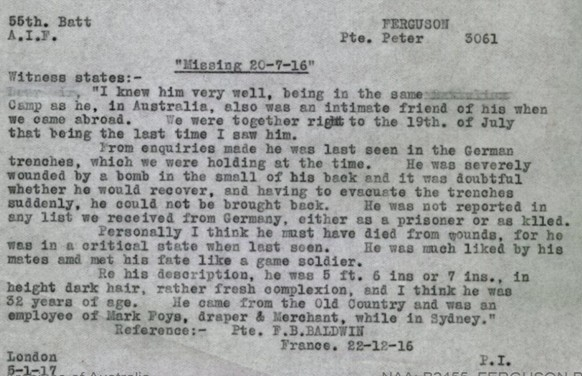
At 4.15 AM about 50 men of the 55th were ordered back to their own front line to defend against a rearguard action as the Germans were coming in from the exposed right flank.
“It was due to the very fine actions of these men that the garrison was able to get across No Man’s Land with comparatively few casualties.”
Source: AWM4 23/14/4, 14th Brigade War Diaries July 1916 page 106
By 9.30 AM the Brigade had “retired with very heavy loss”.
Source - AWM4 23/14/4 14th Brigade July 1916 page 7
The artillery finally ceased at noon. The Commanding Officer of the 55th, Lieutenant Colonel D. M. McConaghy spoke proudly of his men:
“The losses were heavy, but the battalion, four-fifths or more of whom were strangers to battle, acquitted themselves honorably in its first engagement, and returned with 40 German prisoners.”
For a battalion that was to be in reserve as the ‘third battalion’, the initial count at roll call was 42 killed or died of wounds, 154 wounded and 143 missing. Ultimately the impact was that 85 soldiers were killed or died from wounds.
After the Battle
Following the battle, Peter was listed as missing in action. His name appeared on early casualty lists sent to London and to his mother in Glasgow. Back in Sydney, John Ferguson and wife Jessie become involved in the search for information for what happened to Peter.
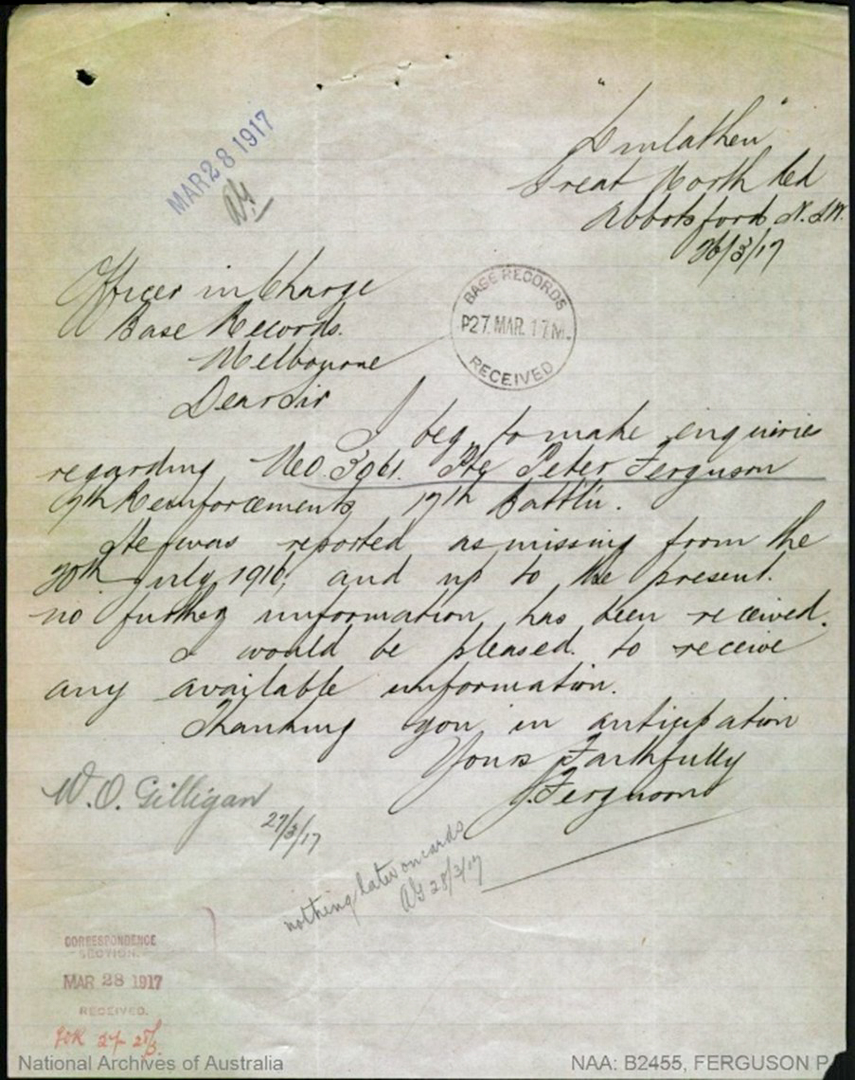
As in the reply below, the Army and the Red Cross were active in trying to find the missing soldiers and passing on information as they could, but the chaos and scale of the battle made this a difficult task.
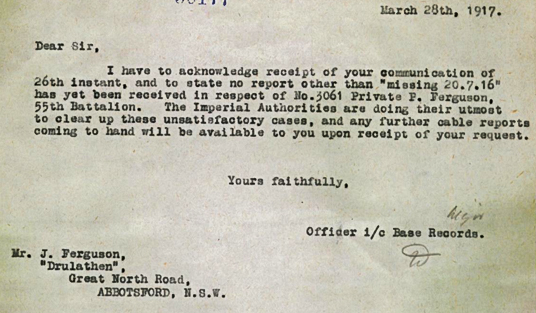
As discussed above, Peter had been in the advanced areas of the attack. Despite hopes that he might have been taken prisoner, no report from Germany ever mentioned his name. A formal Court of Enquiry held in the field on 26 July 1917 declared his fate as “Killed in Action, 20 July 1916.” His personal effects and medals — the British War Medal and Victory Medal — were later forwarded to his mother in Scotland.
Finding Peter
Peter was in the advanced areas of the battle, but his remains have not been recovered and he has no known grave. After the battle, the Germans recovered 250 Australian soldiers and placed them in a burial pit at Pheasant Wood. This grave was discovered in 2008 and since then efforts have been underway to identify these soldiers by DNA testing from family members. As of 2024, 180 of the soldiers have been identified, including 17 of the 46 unidentified soldiers from the 55th Battalion.
We welcome all branches of Peter’s family to come forward to donate DNA to help with his identification. If you know anything of family contacts, especially from the Ferguson and Mitchell lines in Glasgow City and Paisley, Renfrewshire, please contact the Fromelles Association. We hope that one day Peter will be named and honoured with a known grave.
Please visit Fromelles.info to follow the ongoing identification project and Peter’s story.
DNA samples are being sought for family connections to
| Soldier | Peter Ferguson Jr. (1883–1916) |
| Parents | Peter Ferguson (1845–1918), born 16 Sep 1845, Glasgow; died 5 Dec 1918, Glasgow and Elizabeth Orr Mitchell (1846–1926 ), born 29 Nov 1846, High Church, Paisley, Scotland |
| Siblings | Jessie Hamilton Fowler (1878–1928 m Edward Atkinson (polar explorer) | ||
| Roderick Mitchell Ferguson (1881– 1955) | |||
| Joseph Ferguson (1887–1906 ) |
| Grandparents | |||
| Paternal | Alexander Ferguson (1821–1900) and Amelia Stewart (1822–1888), Glasgow, Lanarkshire, Scotland | ||
| Maternal | Capt. Roderick Mitchell (Merchant Service and Volunteer Rifles, Paisley, Renfrewshire) and Jessie Mitchell (1820– ) |
Links to Official Records
Seeking DNA Donors

Contacts
(Contact: carla@fromelles.info or geoffrey@fromelles.info).
(Contact: army.uwc@defence.gov.au or phone 1800 019 090).
Donations
If you are able, please contribute to the upkeep of this resource.
(Contact: bill@fromelles.info ).
